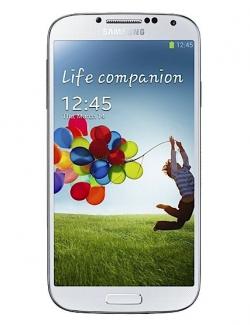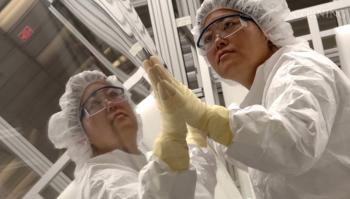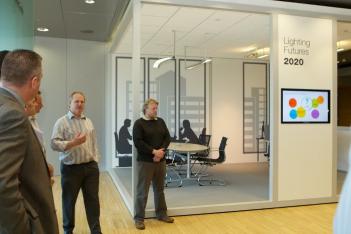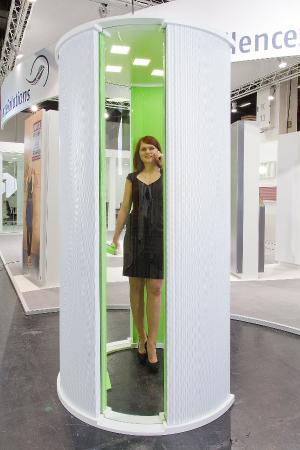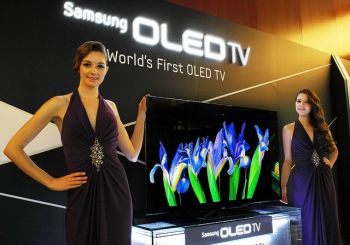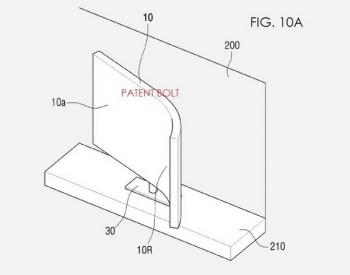Japan Display announced it will build a pilot AMOLED line by 2014
Japan Display announced that they decided to build a pilot OLED display manufacturing line in its Ishikawa Plant. The company will start to setup the manufacturing equipment towards the end of 2013, and small-scale mass production will begin in the spring of 2014.
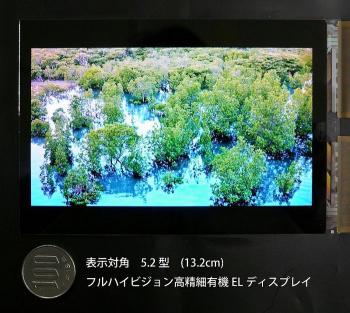
This new pilot line will be a 4.5-Gen fab (730x920 mm) with a capacity of 4,000 substrates a month. While this is good news to hear JDI commit to an OLED line, it means that we shouldn't expect real AMOLED mass production from them till at least 2015.


